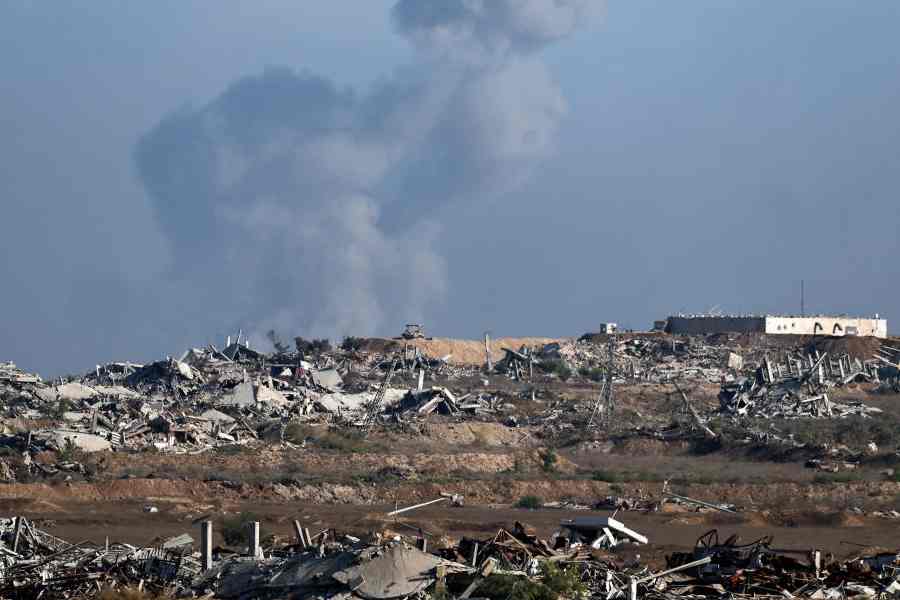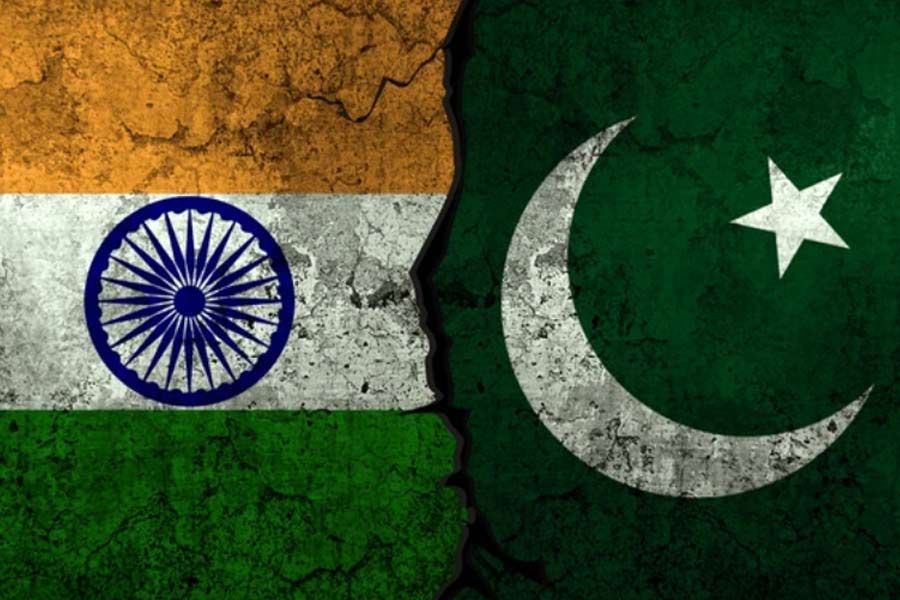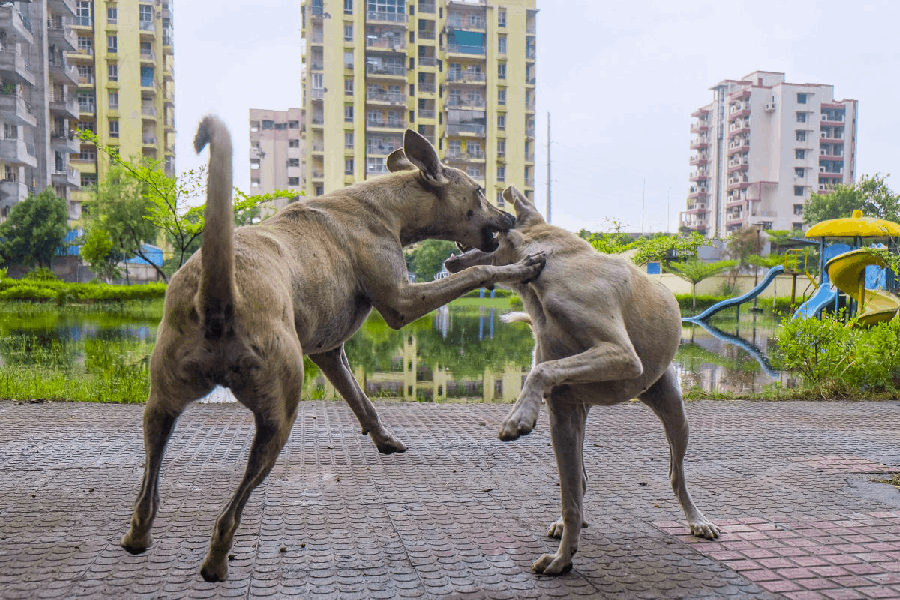New Delhi, May 12: A sector-wise division of Nepal like Berlin at the end of World War II, aircraft that flatten fragile houses of the poor and a strategic disconnect between India and China make up the undertow of the relief effort in the Himalayan republic that was jolted again today.
The massive numbers of rescuers and relief-givers who have poured into Nepal since the temblor on April 25 have indeed helped thousands and saved hundreds of lives.
But now geopolitical tensions are beginning to collide with the geological.
Official agencies and their spokespersons in India refuse to comment in public but conversations with Indian military and non-military personnel who have returned from Nepal and the stalling of three British helicopters in Chandigarh are making the glitches evident.
Pilots from India who are flying helicopters in Nepal have reported that the Nepal Army, that is in charge of the operations, has divided the country into three sectors. The US has been given the responsibility for areas east and southeast of Kathmandu; India to the west of Kathmandu and a section of the northeast of the country.

China, that had also sent helicopters, was initially given the responsibility for the north of Nepal, essentially along its border with Tibet.
A large reason for this was not only China's interest in keeping a watch on its border but also allegations by Opposition politicians in Nepal that Indian Air Force helicopters were flying into sensitive regions without asking for permission.
But IAF pilots have now reported that Chinese helicopters were less visible and the IAF was being tasked to the north also.
The most visible of the US relief efforts are its fascinating MV22 "tilt-rotor" Osprey aircraft. These aircraft, that can land and take off vertically (like helicopters) and fly like fixed-wing planes, flew into Kathmandu on May 3 from the marine medium tilt-rotor squadron at Okinawa, Japan.
The US authorities assessed that the aircraft can evacuate people in large numbers and take tonnes of relief for distribution in the villages.
But the Ospreys have presented such a complication that the Nepalese authorities have now asked the British not to send their own heavy-lift Chinook twin-rotor helicopters to the country.
The upshot is that the British, who spent thousands of pounds to charter an AN-124 aircraft to transport three Chinooks to Chandigarh, have been cooling their heels in Punjab's midsummer heat for the past week.

The Chinooks were offloaded from the AN-124 - the world's largest plane - and re-assembled at the IAF base in Chandigarh by their British crew. They were ready to be flown to Kathmandu but the Nepalese have so far refused to accept them, the reason being the fear of "downwash" from large rotorcraft.
The Ospreys, the Nepalese have seen, flatten or blow off the roofs of the weak houses of villagers while landing and taking off. "They also raise dust storms," one pilot said.
In one high-altitude village ravaged by tremors, the sight of an Osprey gave much hope to residents who wanted to be evacuated. But the Osprey's payload limitations meant that the aircraft could evacuate only three persons. Elsewhere, villagers have asked the Nepal Army not to send the Ospreys "because they take away the little that remains with us".
The Nepalese experience with the smaller US helicopter, the UH-1 Huey, is happier. The Hueys can land and take off from small and makeshift helipads and make the rugged terrain far more accessible to rescuers. The Ospreys also have a large wingspan but in the Himalayas, there is little flat land available on which they can land and from which they can take off.
What the Nepalese have learnt from the American aircraft has now been translated into a lesson for the British at the cost of India.
Last week, India said it was granting British and Singaporean aircraft involved in the rescue effort in Nepal full refuelling rights in Indian bases.
The British Chinooks were accordingly directed to Chandigarh that is also the IAF's transport aircraft and logistics base for the Indian military's operations in Siachen and Ladakh.
The Times, London, quoting an unnamed source reported today that that he thought the reason for the refusal of the Chinooks had more to do with reluctance by the Indian and Chinese authorities, whose countries border Nepal, to allow foreign aircraft to hover around Nepalese airspace.
The RAF denied that this was the case. "The whole thing is a mess as regards the military trying to help," the source, who asked to remain anonymous, said. "The Chinese aren't that keen on lots of foreign military around in that area. The Indians don't like foreign military flying around and the Nepalese are being difficult because they can't have any control over them.
"It is all a bit embarrassing really that we have got three Chinooks on the ground sitting north of Delhi but can't go anywhere. How ridiculous," The Times quoted him as saying.
A spokesperson for Nepal's foreign ministry said: "We have told the British authorities that they cannot fly their Chinook helicopters here because our technical team says they are likely to damage the houses and other buildings in the Kathmandu valley."











